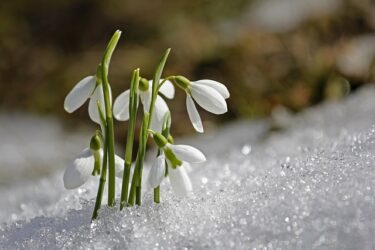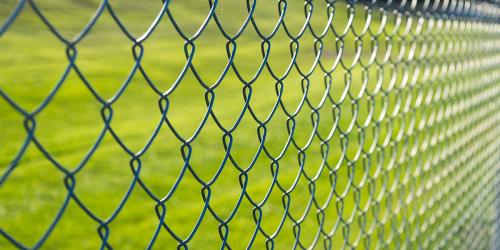In the UK, winter tends to be a time for rest for many gardeners, as the weather brings a unique set of challenges. However, with the right care and attention, your garden doesn’t have to be neglected! As temperatures drop and frost becomes a regular occurrence at the start of the year, it’s important to adapt your gardening techniques to protect and nurture your outdoor space. Here are some tips on how to look after your garden in winter, ensuring it is ready to burst into life come spring.
1. Pruning

In winter, the key to successful garden maintenance lies in prudent pruning and safeguarding your plants against the cold. Whilst it’s important to avoid excess pruning during this period, certain plants do require some attention. Fruit trees, bushes, wisteria, and rose bushes should be pruned to maintain health and encourage growth in spring. This not only tidies up your garden but also prevents the spread of diseases.
2. Plant Protection
Heavy snowfall and frost can damage plants due to their weight and blockage of sunlight. It’s advisable to gently shake off excess snow from your plants to prevent breakage and ensure they continue to receive adequate light. To protect vulnerable and delicate plants, you can cover them in fleece, burlap, or cloches to shield them from the weather. For potted plants, raising them off the ground can help prevent waterlogging and frost damage.
3. Winter Planting
Believe it or not, winter is not a dormant period for all gardening activities – you can plant even at this time of year! Certain vegetables, such as onions, cabbage, and lettuce, can be sown in trays and kept indoors until the temperatures rise. Evergreens like Box Balls and Winter Jasmine, as well as flowers such as Snowdrops and Hellebores, can also be added to your garden to provide some life and colour.

If it is too cold or wet for you to go outside, why not take the opportunity to create a plan for your garden? Consider which plants and seeds you’d like to purchase, plan out your garden beds, and you could even think about new additions such as garden furniture. Not only is this a useful exercise, but it can also be relaxing and good for your well-being.
4. Wildlife Support
Winter can be a tough time for wildlife, so it’s important for you to help wherever possible. Leaving winter weeds to grow, such as dandelions, bittercress, and chickweeds, can help to protect soil from erosion and improve drainage, whilst also providing food and shelter for wildlife. Simple measures like topping up your bird feed table and ensuring a section of your pond is thawed out can also help to ensure there is enough food and water available.
5. Maintaining Tools and Equipment

With extra hours to spend indoors, now is the perfect time to prepare your gardening tools and equipment for the seasons ahead. Utilise the time by cleaning and servicing your gardening equipment, sharpening tools, and applying a protective coating to tools to prevent rust and corrosion. Organising and cleaning your shed or storage areas can also be a productive task, ensuring everything is ready to be used when the warmer months approach.
6. Enjoying Your Winter Garden
Whilst most winter gardening focuses on preparation and protection, it's also a time to enjoy the unique beauty of your garden in the colder months. Planting winter containers with species like violas, miniature cyclamen, and English ivy can add a splash of colour and life to your garden, even in the depths of winter. Placing these containers near your house allows you to enjoy their beauty from indoors, brightening up even the greyest of days.
Happy winter gardening!






